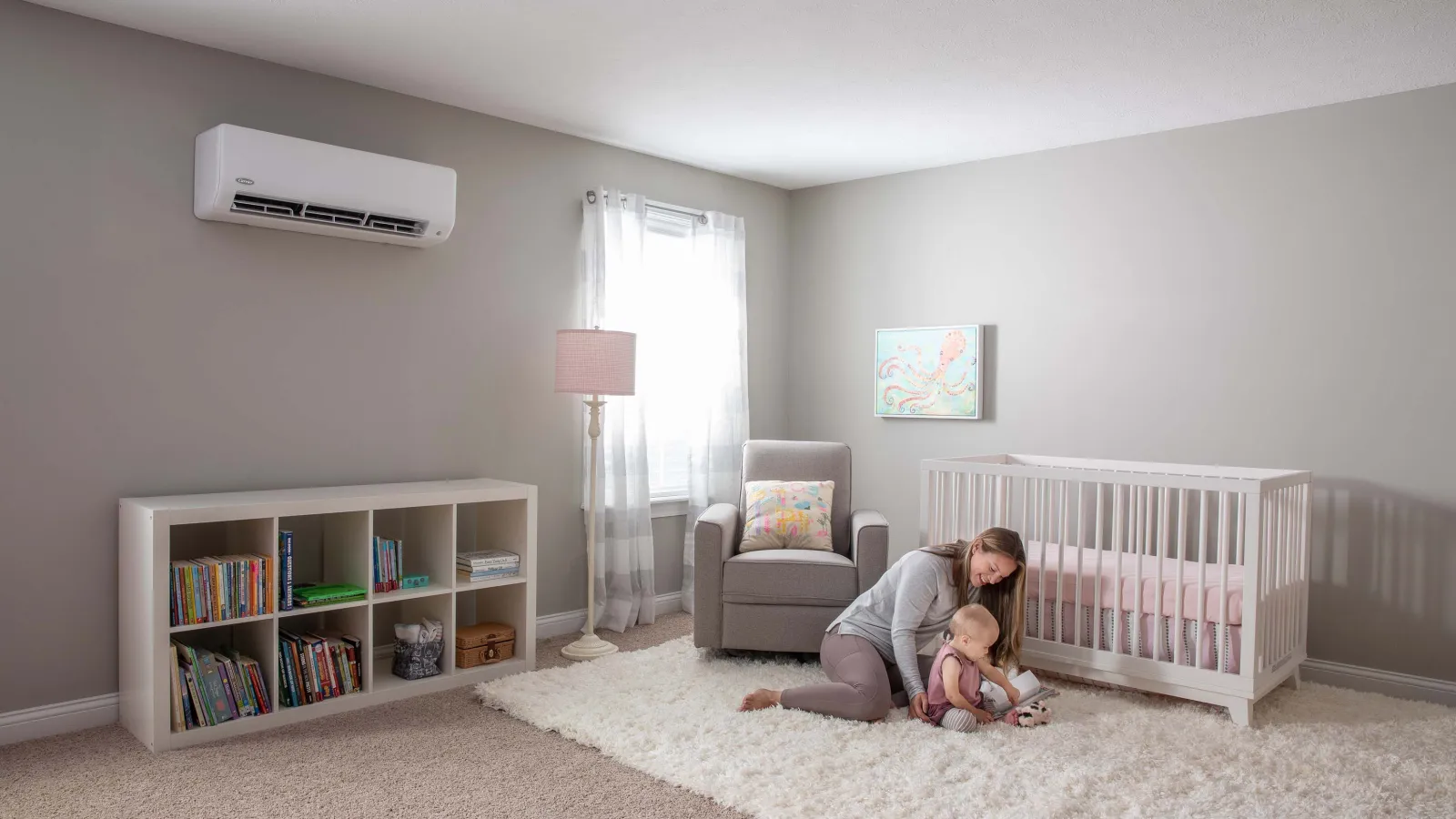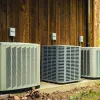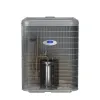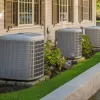It’s springtime in Atlanta, and you know what that means! Pretty soon, you’ll be setting your thermostat to “Cool, auto” and dialing in a temperature between 70 and 78 degrees.
But is your air conditioner ready to take on the sweltering summer months? If you don’t have it inspected each spring, it’s a roll of the dice.
Even if your AC manages to operate all summer long without having an inspection, it might not be running at peak efficiency. And you might have some festering problems that lead to costly repairs in the future.
New compressor, anyone?
Bearing all of that in mind, there’s a right way and a wrong way to perform an air conditioner inspection. There are several wrong ways. Many HVAC contractors simply don’t do a lot of the things they ought to do during an inspection. Cleaning your coil, checking compressor amp draw, flushing the drain line… These are “must-do” AC maintenance tasks that need to happen once a year.
At PV Heating, Cooling & Plumbing, we do all of those things during our AC inspections. We do a whole lot more, too.
Air conditioner inspection basics
Before we dive into AC inspection basics, here’s our preventative maintenance checklist for the cooling season (PDF download). Take a look at it to get a sense of what ought to happen when an HVAC technician performs your inspection.
At the most basic, fundamental level, an annual AC inspection, and preventative maintenance visit should consist of:
- Simple integrity tests for your thermostat, wiring, AC shutoff, and blower shutoff
- Visual inspection of electrical components, tightening connections as needed
- Visual inspection of supply registers and return vents, cleaning blockages as needed
- Replacement of air filters at the return grilles or indoor unit
- Cleaning/flushing of drain line plus visual inspection of the drain pan and switch
- Testing for all limit and safety controls
- Cleaning and inspection of the condensate pump, if you’ve got one
- Inspecting/testing capacitors and contactors, noting any corrosion or rust
- Cleaning of the condenser coil
- Visual inspection of all lines and coils paying particular attention to any disconnects within ten feet of the unit and the integrity of suction line insulation
- Testing the compressor amp draw, condenser fan motor amp draw, and blower motor amp draw
- Verification that the refrigerant charge meets manufacturer specifications
- Checking the temperature drop across the evaporator coil
- Testing the system’s static pressure to identify opportunities to improve airflow
- Visual inspection of exposed ductwork for air leaks and kinks
If your AC inspection doesn’t include all of the above, it’s not a complete inspection.
At PV Heating, Cooling & Plumbing, our inspection does cover all of these maintenance, testing, and analysis tasks. You might have noticed that we include a lot of things that other HVAC contractors ignore. The static pressure test is particularly valuable since the results can help you extend the life of your equipment. Most don’t bother with it. We do, though.
Without an inspection this thorough, you might end up with a less-than-optimal AC and heating situation. We don’t want that, and neither do you.
So, how can you get the complete inspection this spring? By beginning a service agreement with PV Heating, Cooling & Plumbing! Every agreement includes two inspections per year plus a lot of valuable extras.
Service agreements are a win/win. Here’s why.
We like HVAC service agreements because they allow us to build long-term relationships and help people maintain safe, comfortable home environments. But it’s our clients who benefit the most. In addition to knowing that your HVAC equipment is operating at peak performance, you get extras like…
- No service charges for maintenance performed as a result of inspection findings
- 15% discount on any type of repair
- New 1″ filters for you to keep at home and change out every few months
- 10-year labor warranty when you have us install a new system
You get all of that plus the two-yearly inspections – one for the cooling season and one for the heating season. It’s a $700 value, but our current price is just $189/year for one system plus $96 for additional systems.
It’s going to be a hot summer. Why change it?
It’s not exactly going out on a limb to predict that this summer will be a hot one for Atlanta.
90+ degree highs, 90%+ humidity, sunshine, sweat, mosquitos… If you’ve lived here a while, you know how it goes.
The last thing you want is for some annoying problem – a busted capacitor, say – to get between you and your indoor comfort when it’s 95 degrees outside. Getting an AC inspection is like going to the dentist twice a year or getting your car serviced now and then. It’s preventative. And the easiest problems to solve are the ones that never become problems in the first place.
Assuming it’s done right, that’s exactly what your annual AC inspection offers: a comfortable, problem-free summer.






